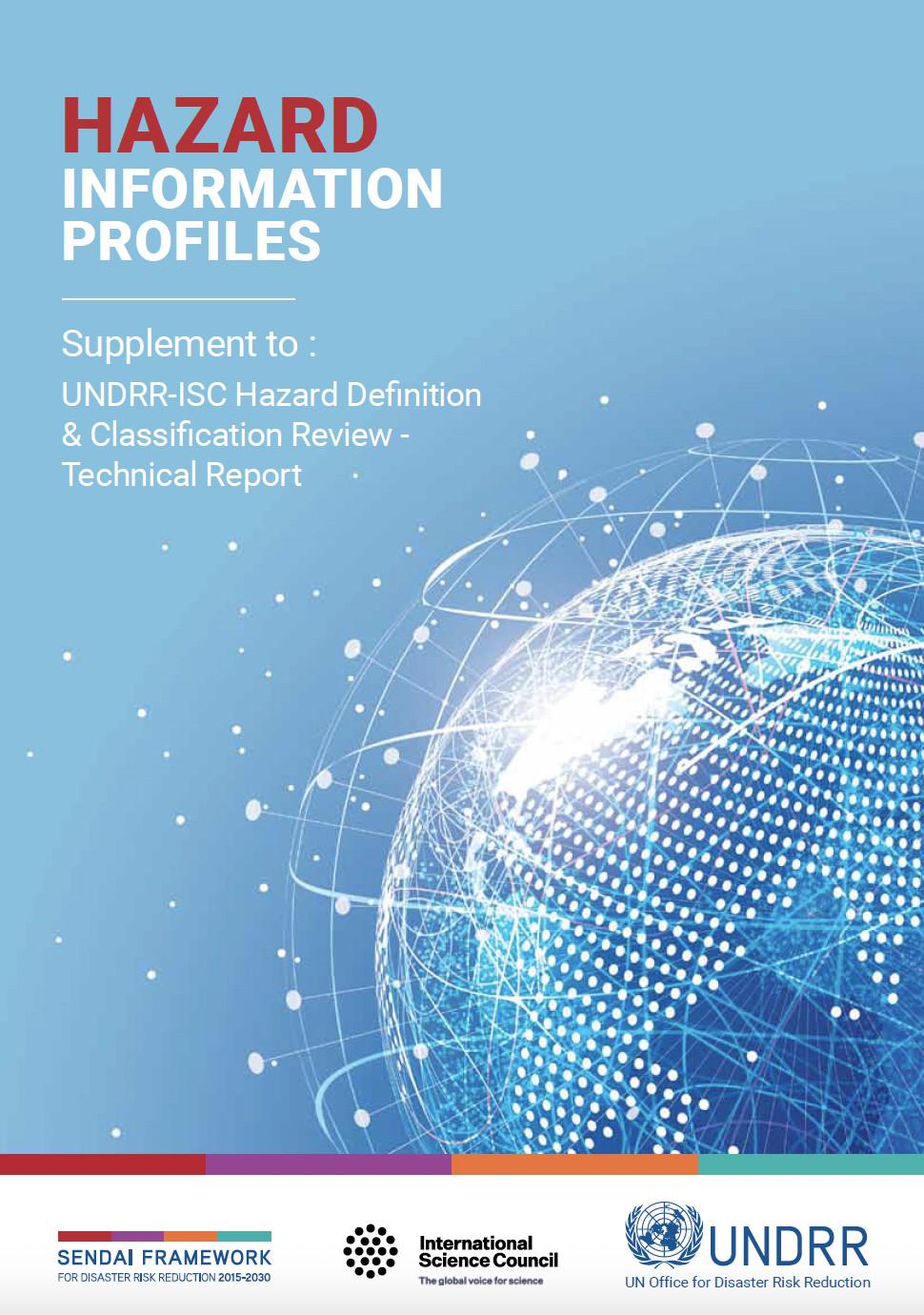Early warning systems (EWSs) have received increased attention over the past decade due to the immense socio-economic value they provide in protecting both lives and livelihoods. In March 2022, Mr. António Guterres, United Nations Secretary-General, declared an ambitious target of having all populations across the world protected by EWSs against increasingly extreme weather and climate change, within the next five (5) years[1].
The Caribbean region is exposed to multiple hazards which place its inhabitants at risk to injury, death, loss, and displacement. This multi-hazard context was well exemplified between 2021 and 2022, during which the region faced and was threatened by the occurrence of several simultaneous and cascading hazard events. These events included but were not limited to the onset of the COVID-19 pandemic, the La Soufriere volcanic eruption in St. Vincent and the Grenadines, a 7.2 magnitude earthquake in Haiti, tropical cyclones and flood events across the region and the threat of a marine oil spill in the Southern Caribbean.
The Caribbean has benefitted from several advancements in MHEWS, one of which is an updated assessment of the status of MHEWS for all Caribbean Disaster Emergency Management Agency participating states (CDEMA PSs). The general aim of the assessment is to highlight existing gaps and capacities in the areas of governance, as well as the four (4) components of EWSs which are i) disaster risk knowledge, ii) forecasting, monitoring, analysis, and detection, iii) warning & dissemination and response capability. The Sendai Framework hazard classification is employed to specifically examine EWS capacities for geological, hydrometeorological, environmental, biological, chemical, technological and societal hazards at the country level[2]. Each classification is further broken down to account for hazard taxonomies which affect the Caribbean, as defined under the Sendai Framework[3]. Additionally, the assessment captures the national level agencies which have responsibility for managing EWS for each taxonomy represented.
For more information about CDEMA.
[1] https://unfccc.int/news/un-early-warning-systems-must-protect-everyone-within-five-years.
[2] Hazard definition and classification review (Technical Report) | UNDRR
[3] Hazard Information Profiles (HIPs) | UNDRR
References for the Hazard Map
C1Disaster risk knowledge
C2Hazar detection, Monitoring and Forecasting
C3Warning dissemination and Communication
C2Hazar detection, Monitoring and Forecasting
C3Warning dissemination and Communication
C1Disaster risk knowledge
C2Hazar detection, Monitoring and Forecasting
C1Disaster risk knowledge
C3Warning dissemination and Communication
C1Disaster risk knowledge
C3Warning dissemination and Communication
C4Preparedness for response to warnings
C1Disaster risk knowledge
C2Hazar detection, Monitoring and Forecasting
C3Warning dissemination and Communication
EARLY WARNINGS FOR ALL: EXECUTIVE ACTION PLAN 2023-2027
This Executive Action Plan, developed in partnership with key partner organizations, summarizes the initial actions required to achieve the goal, and sets out the pathway to implementation. It calls for an estimated new targeted investments of USD 3.1 Billion over the five years to advance the four Multi-Hazard Early Warning System (MHEWS) pillars from a scientific & technical, policy and financial perspective.

MULTI-HAZARD EARLY WARNING SYSTEMS CAPACITIES IN THE CARIBBEAN REGION
The Caribbean region is exposed to multiple hazards which place its inhabitants at risk to injury, death, loss, and displacement. This multi-hazard context was well exemplified between 2021 and 2022, during which the region faced and was threatened by the occurrence of several simultaneous and cascading hazard events. This study provides an updated assessment of the status of MHEWS for all CDEMA Participating States (PS). It highlights existing gaps and capacities in the areas of governance, disaster risk knowledge, forecasting, monitoring and detection, warning and dissemination and response capability.
Download Multi-Hazard Early Warning Systems’Capacities in the Caribbean Region report
HAZARD DEFINITION & CLASSIFICATION REVIEW
The Sendai Framework for Disaster Risk Reduction 2015–2030 (‘the Sendai Framework’) was one of three landmark agreements adopted by the United Nations in 2015. The other two being the Sustainable Development Goals of Agenda 2030 and the Paris Agreement on Climate Change. The UNDRR/ISC Sendai Hazard Definition and Classification Review Technical Report supports all three by providing a common set of hazard definitions for monitoring and reviewing implementation which calls for “a data revolution, rigorous accountability mechanisms and renewed global partnerships”.
HAZARD INFORMATION PROFILES
This report is a Supplement to the UNDRR-ISC Hazard Definition and Classification Review - Technical report released in July 2020. Aligned with the list of hazards published in the Technical Report, this Supplement comprises of a description of each of the 302 hazard information profiles (HIPs), developed using a consultative process by scientists and experts across the globe.
Partners




